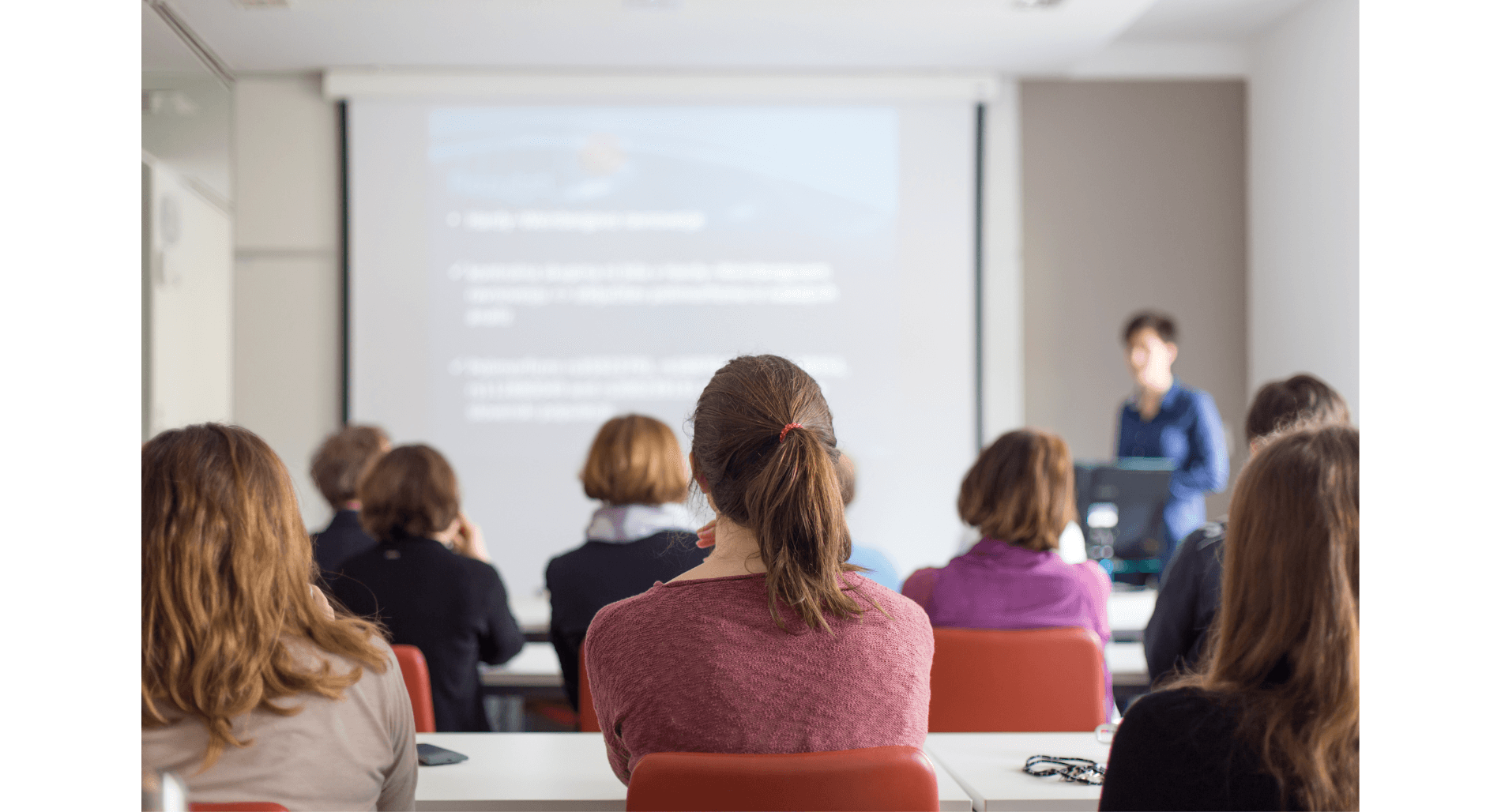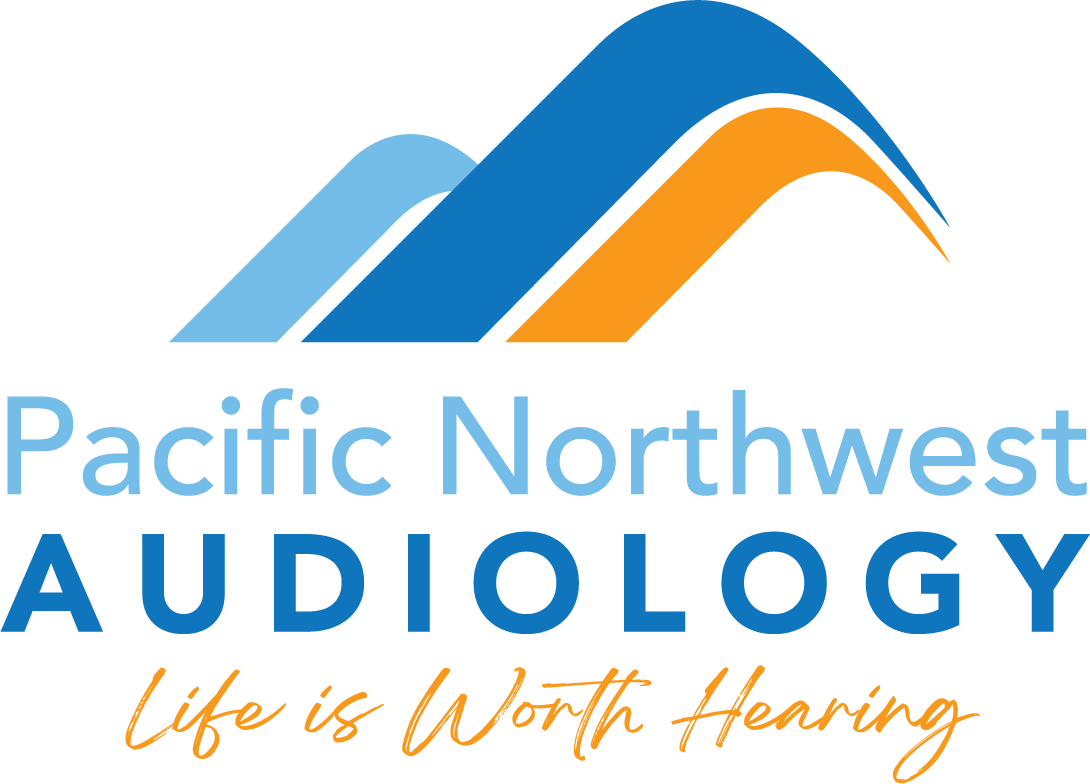
Public spaces aren’t always accessible. For individuals with hearing loss, these spaces may pose some unique challenges. However, assistive listening systems are transforming public spaces into more inclusive environments. From bustling cafes to lecture halls, assistive listening systems improve accessibility and the overall experience of individuals with hearing loss.
The Changing Landscape of Public Spaces
Public spaces have undergone a notable transformation in recent years. As inclusivity becomes a focal point, the integration of assistive listening systems has become a pivotal aspect of creating environments that support everyone. The changing landscape reflects a commitment to making public spaces accessible to all.
The Rise of Assistive Listening Systems
Advancements in technology have led to the rise of assistive listening systems, offering tailored solutions for individuals with hearing challenges. These systems go beyond traditional hearing aids, encompassing a range of devices and technologies designed to enhance sound clarity and improve the overall auditory experience. From loop systems to personal amplifiers, the array of options ensures that individuals can choose solutions that align with their specific needs.
The Role of Loop Systems
Loop systems, also known as induction loop systems, have become instrumental in improving auditory access in various public settings. These systems utilize electromagnetic fields to transmit sound directly to hearing aids equipped with telecoils. From theaters to ticket counters, loop systems provide a direct audio feed, reducing background noise and ensuring a clearer listening experience for individuals with compatible hearing aids.
Personal Amplifiers and FM Systems
In environments where loop systems may not be feasible, personal amplifiers and FM systems step in as valuable alternatives. Personal amplifiers use a microphone to capture sound, which is then transmitted to a receiver or directly to hearing aids.
FM systems, on the other hand, use a transmitter and receiver, broadcasting audio signals to compatible devices. These portable solutions empower individuals to customize their auditory experience, particularly in settings where ambient noise may be a challenge.
Embracing Technology in Lecture Halls
Educational institutions are embracing assistive listening technology to create more inclusive learning environments. In lecture halls, where information is disseminated verbally, FM systems and infrared systems are commonly employed. These technologies enable students with hearing impairments to access lectures with greater clarity, fostering equal participation in academic pursuits.
Accessibility in Cultural and Entertainment Venues
Cultural and entertainment venues are recognizing the importance of accessibility for all patrons. The integration of assistive listening systems in theaters, concert halls, and cinemas ensures that individuals with hearing challenges can fully enjoy performances and events. From captioning options to infrared systems that transmit audio directly to hearing aids, these technologies contribute to a more enriching cultural experience.
Innovations in Public Transportation
Public transportation has also embraced assistive listening systems. Loop systems, coupled with visual announcements and digital displays, make public announcements more accessible to commuters with hearing impairments. These enhancements ensure that individuals can navigate transportation networks with greater ease and confidence.
Overcoming Barriers in Restaurants and Cafes
Social spaces like restaurants and cafes, often characterized by a lot of ambient noise, can pose challenges for individuals with hearing loss. However, assistive listening systems are breaking down these barriers. Personal amplifiers and Bluetooth-enabled hearing aids allow individuals to customize their listening experience, enhancing communication and social interaction in these bustling environments.
The Role of Bluetooth Technology
The integration of Bluetooth technology has been a game-changer in the realm of assistive listening. Bluetooth-enabled hearing aids can connect directly to smartphones, tablets, and other compatible devices, transforming them into personalized audio streaming hubs. This wireless connectivity not only enhances accessibility but also opens up new possibilities for customization in various public settings.
Public Awareness and Advocacy
While technology continues to evolve, public awareness and advocacy play a role in ensuring that assistive listening systems are widely adopted and utilized. Educating the public, including businesses and service providers, fosters an understanding of the diverse needs of individuals with hearing loss. As awareness grows, so does the commitment to creating environments that prioritize inclusivity.
Book Your Next Hearing Test
Looking ahead, the future of assistive listening holds exciting possibilities. Ongoing advancements in technology, coupled with a growing emphasis on accessibility, suggest a future with even more sophisticated and user-friendly solutions.
If you’re ready to take advantage of assistive listening systems, book your next hearing test to find out more.
